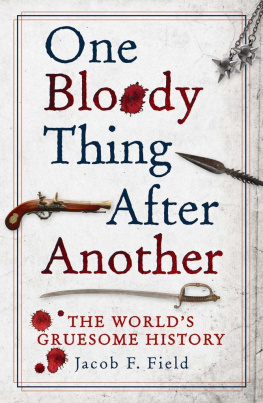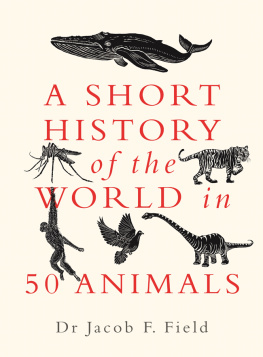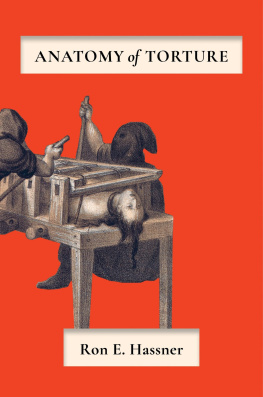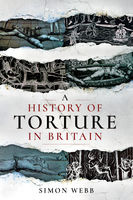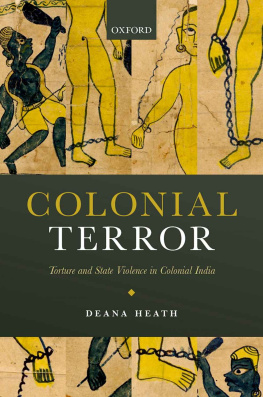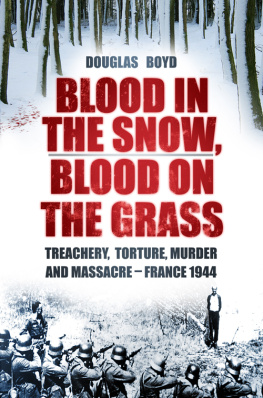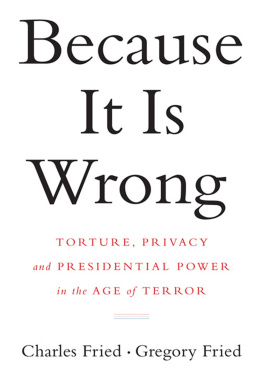
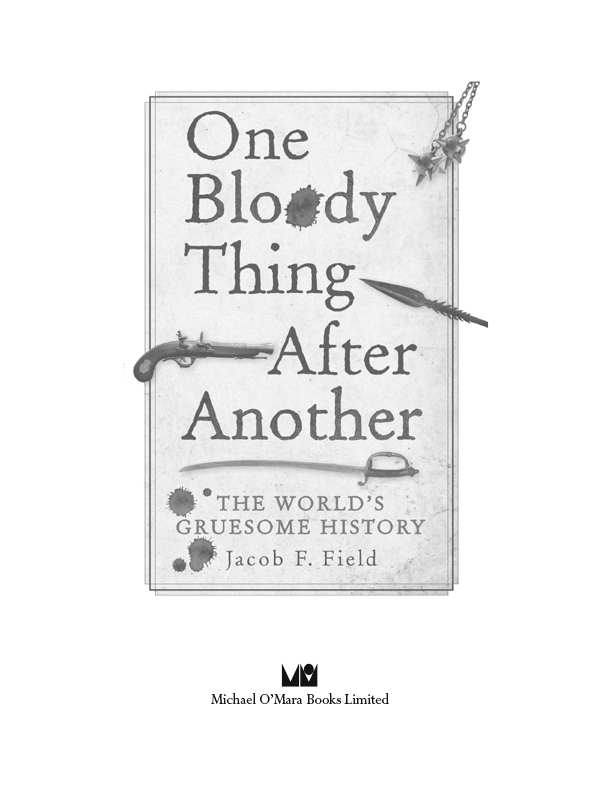
First published in Great Britain in 2012 by
Michael OMara Books Limited
9 Lion Yard
Tremadoc Road
London SW4 7NQ
Copyright Michael OMara Books Limited 2012
All rights reserved. You may not copy, store, distribute, transmit, reproduce or otherwise make available this publication (or any part of it) in any form, or by any means (electronic, digital, optical, mechanical, photocopying, recording or otherwise), without the prior written permission of the publisher. Any person who does any unauthorized act in relation to this publication may be liable to criminal prosecution and civil claims for damages.
A CIP catalogue record for this book is available from the British Library.
ISBN: 978-1-84317-884-2 in hardback print format
ISBN: 978-1-84317-918-4 in EPub format
ISBN: 978-1-84317-917-7 in Mobipocket format
www.mombooks.com
Designed and typeset by K DESIGN, Winscombe, Somerset
Jacket design by Ana Bjeanevi
Maps by David Woodroffe
Picture


V IOLENCE, TORTURE, MASSACRE , tyranny and disaster litter the annals of world history. Accompanying the most important junctures through time are mayhem and madness, battles and bloodshed. This book uncovers the gruesome behind the great, and the repugnant behind the powerful, all the while sticking to the facts. History really is this bloody.
Emperors and kings were often wholly unsuitable to rule their people indeed, were even a danger to them. King Charles VI of Frances frequent bouts of madness dangerously destabilized his kingdom during the Hundred Years War, allowing England to conquer large swathes of France. The eighteenth-century Korean prince Sado was considered such a menace that he was sentenced to death by being sealed into a chest for eight days. Other rulers, like Queen Ranavalona of Madagascar or Tsar Ivan the Terrible of Russia, were virtually psychotic, wantonly executing thousands of their subjects.
Historic rulers were not reluctant to use sadistic and esoteric methods of punishment and execution; from the tyrant Perilloss brazen bull, to the ancient Persian practice of scaphism, history shows us there is no limit to human cruelty. The onset of new regimes and dynasties usually meant uncompromising purges of potential opponents. From the ancient Roman emperor Caracalla to the seventeenth-century Shah of Persia, Safi I, new rulers frequently instituted their reigns with bloodshed.
Wars and battles are a constant presence in world history. Seldom were any fought fairly and often they descended into brutal massacres of both soldiers and civilians, such as at the sackings of Yangzhou, Magdeburg or Drogheda. Heroic rebels often did not triumph in the face of adversity. Rather, like the Scottish patriot William Wallace, they were punished. When revolts and rebellions did succeed the new regimes were often more bloody than those they replaced. In the aftermath of the French Revolution, the Reign of Terror saw tens of thousands guillotined.
Looming over all of mans mayhem was the constant spectre of disastrous events such as earthquakes, pestilence and famine. Over 50,000 were killed when a major earthquake struck Lisbon in 1755, while a 1657 fire that devastated Tokyo led to the deaths of almost 100,000. The failure of the potato harvest in mid-nineteenth-century Ireland virtually halved the islands population. But perhaps the most devastating disaster was the medieval Black Death, where plague wiped out one-third of Europes population.
History is rarely the sanitized litany of dates and events it sometimes appears to be in textbooks. One Bloody Thing After Another details chronologically the most gruesome of these moments over 3,000 years, from the dissolute King Shou of Shang in eleventh-century BC China to King Leopold IIs horrific exploitation of the Congo during the late-nineteenth century. Covering every inhabited continent, this book explores how history can literally be one bloody thing after another.
Jacob F. Field, 2012

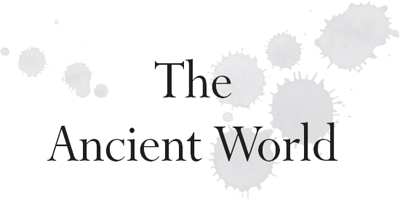
c.1000 BC to AD 500
KING SHOU OF SHANG

T HE LAST OF the Shang Dynasty of Chinese kings, Shou ruled between 1075 and 1046 BC . From his splendid capital city of Yin, Shous immorality and cruelty knew no limits. He wholly ignored matters of state, with the exception of setting extremely high taxes to fund his debauched lifestyle. Drunken orgies were commonplace at court. One of Shous most infamous follies was constructing a large pool, filled with wine and overhanging with branches of roasted meat. Shou and his companions could then float on the pool in canoes, reaching down to drink and up to eat. His favourite concubine was Daji, for whom he built pleasure gardens filled with rare and exotic creatures all at the expense of his downtrodden subjects.
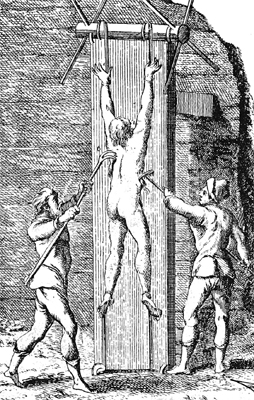
Depiction of a man being flayed alive
THE END OF A DYNASTY
Punishments for anyone who dared speak against Shou were profoundly cruel. One court official was flayed alive, while another was carved into strips and hung out like dried meat. Shous own uncle was put to death by having his heart plucked out. A favourite form of execution was to warm a metal cylinder until red-hot and force the condemned to embrace it.
The reign of terror came to an end when an army supporting the rebel leader Wu of the Zhou Dynasty defeated Shous army at the battle of Muye. Knowing that the end of his regime was inevitable, Shou retreated to his burning palace and committed suicide. The new king, Wu, placed Shous head on a stake outside Yins gates for all to see.
KING ASHURBANIPAL OF ASSYRIA
Ashurbanipal, who reigned from 668 to 627 BC , was the last great king of the Neo-Assyrian Empire, which spread across the Middle East and into parts of North Africa and Anatolia. Although famed for building a vast library at Nineveh, Ashurbanipals cruelty was more renowned. His armies laid waste to the lands of his enemies, destroying towns, smashing dams, and setting crops alight. He was brutal to captives, severing their hands, noses, ears and fingers. When one of his cities rebelled, he slaughtered its people and piled the corpses in front of the main gate. Rebellious nobles were flayed and their skins hung over the city walls.
THE BRAZEN BULL

Phalaris, a Greek tyrant ruler of Agrigentum in Sicily, seized power in around 570 BC and extended his rule over much of the island. He was rumoured to be a cannibal who devoured infant children, but his cruellest legacy was the brazen bull, which he commissioned to be the means of execution for capital crimes. Invented by Perillos of Athens, the device itself was simple a hollow bronze bull with a door in its side. Its application, however, was horrific. The condemned was placed inside the bull and a fire was lit below; as it became red-hot, it roasted the victim. Ingeniously, the device converted the smoke produced by the burning human into clouds of incense. A further refinement was a system of pipes and stops in the bulls head, which made the victims screams sound like a bellowing bull.
Next page
